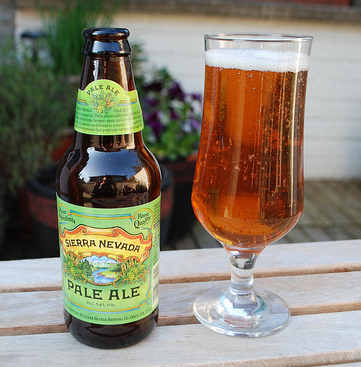Experience the Rich Taste of Galveston Whiskey: Regional Specialties
Distilleries Demystified: A Total Break Down of the Manufacturing Process
In the world of spirits manufacturing, distilleries serve as the enigmatic hubs where raw active ingredients are transformed into nuanced and elaborate potions. The process of distillation is a thorough craft that intertwines scientific research, custom, and artistry to produce the spirits we have actually come to value.
History of Distilling
These old societies utilized crude types of distillation to produce perfumes, medicines, and even alcoholic drinks. They pioneered the use of distillation for the manufacturing of spirits like brandy and whiskey, laying the foundation for the distilling practices we see today.
The distilling process continued to advance via the centuries, with the refinement of methods and the introduction of brand-new technologies. This era saw the increase of iconic spirits brand names that have actually become home names worldwide.
Basic Material Option

When selecting raw products, distillers have to think about the sugar web content, starch conversion capacity, and any kind of impurities existing, as these variables directly affect the fermentation and distillation processes. In bourbon production, the option between various kinds of grains like corn, barley, rye, or wheat will result in distinct flavor accounts. In addition, the high quality and quality of the raw materials can impact the performance of fermentation and ultimately influence the purity and complexity of the final spirit.
Fermentation Refine
During the fermentation process in distilleries, sugars from the raw materials are converted right into alcohol by yeast with a natural chemical reaction. The fermentation process is carefully checked to ensure optimal problems for yeast activity, such as maintaining the appropriate temperature level and pH degrees.
Fermentation times can vary depending on the details distillery and the sort of alcohol being created. Some fermentations might last a few days, while others can take weeks. The length of fermentation greatly affects the final taste profile of the alcohol. Once fermentation is total, the resulting liquid, recognized as the "wash" or "beer," is after that prepared to continue to the distillation stage, where alcohol concentration is better boosted through the splitting up of elements based on their boiling points.
Purification Techniques
Adhering to the conclusion of the fermentation process, distilleries employ a range of purification techniques to additional concentrate alcohol web content and improve the taste profile of the liquid. This technique is known for producing abundant and robust spirits (Galveston Whiskey).
Additionally, fractional purification is a much more polished type of column distillation that permits for accurate separation of different parts based on their boiling factors, resulting in extremely pure spirits. Ultimately, the option of distillation strategy substantially influences the attributes and high quality of the final spirit generated.
Maturation and Bottling
Upon getting to the desired degree of flavor advancement and intricacy, distilled spirits go through growth prior to being bottled for usage. Seawall Bar. Maturation is an important stage where the spirits are matured in barrels or barrels made from various materials like oak, which imparts distinctive tastes and characteristics to the liquid. Throughout this duration, the browse around here spirits communicate with the timber, allowing them to smooth, develop brand-new tastes, and boost their overall intricacy

The duration of growth varies depending upon the kind of spirit being generated and the wanted final result. Spirits such as brandy, rum, and whiskey usually need years of maturation to reach their optimal preference profile. Throughout this procedure, environmental variables like temperature level changes can additionally official source influence the growth process, impacting the final flavor of the spirit.
Once the spirits have actually matured to excellence, they are prepared to be bottled. Bottling includes filtering the spirits to get rid of any type of continuing to be impurities, adjusting the alcohol material if needed, and finally, product packaging the liquid in bottles or containers ideal for distribution and consumption. The bottling stage represents the conclusion of the distillation procedure, where the carefully crafted spirits exist to customers for their enjoyment.
Final Thought
Finally, the distillation procedure entails choosing raw products, fermenting them, and making use of various methods to boil down the fluid. Maturation and bottling are essential actions in generating premium spirits. Understanding the history and ins and outs of distilling clarify the intricacy and virtuosity entailed in creating distilled beverages. By adhering to these actions, distilleries can generate a variety of spirits with one-of-a-kind flavors and qualities.
The procedure of purification is a thorough craft that links scientific research, custom, and artistry to yield the spirits we have actually why not try this out come to value.The choice of raw materials is a critical facet of the distilling procedure, influencing the quality and flavor profile of the final spirits generated. In addition, fractional purification is a much more refined form of column purification that enables for accurate separation of various elements based on their boiling points, resulting in exceptionally pure spirits. Throughout this procedure, ecological elements like temperature variations can likewise affect the maturation process, influencing the final taste of the spirit.
The bottling stage represents the end result of the purification process, where the thoroughly crafted spirits are presented to customers for their satisfaction.